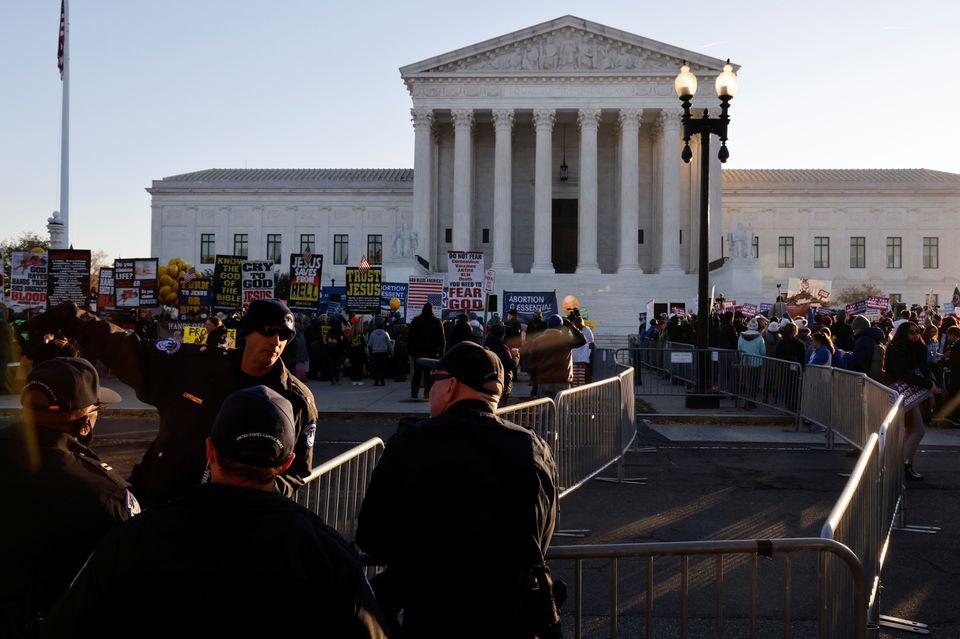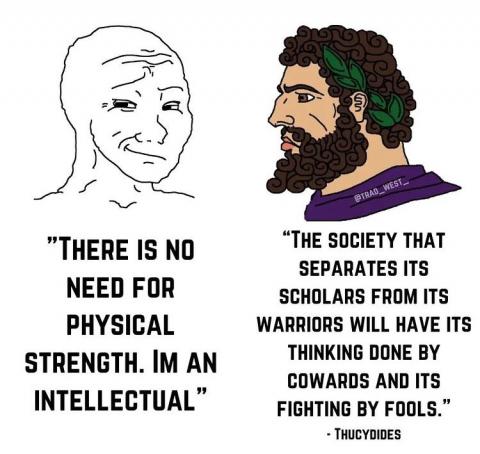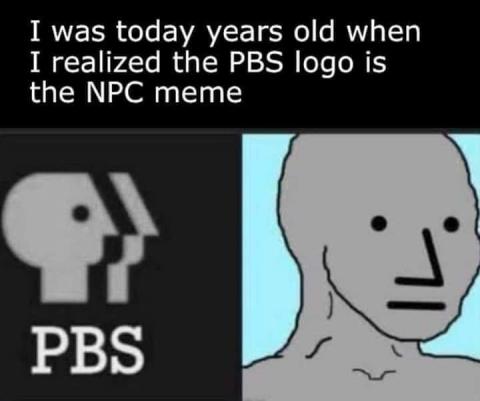Recently the Supreme Court of the United States (SCOTUS) heard arguments in a case entitled Dobbs v. Jackson Women’s Health Organization. Thomas E. Dobbs III – the “Dobbs” in the citation – currently serves as Mississippi’s Director of Health. The Jackson Women’s Health Organization is an abortion clinic in Jackson, Mississippi, the state’s only such facility. (According to Abort73 this single clinic performed 2,550 abortions in 2017, about fifty a week.)
At issue is the clinic’s refusal to conform to a law enacted by Mississippi in 2018 that generally forbids abortions when pregnancies have passed fifteen weeks in duration. Attorneys for the clinic argue that the state law contradicts Roe v. Wade, the landmark 1973 SCOTUS ruling that serves as the basis for the commonly understood “right to abortion.”
Naturally, the case is an irresistible magnet for extreme partisans on both the Right and the Left. Along with just a few other arguments, abortion is a dictionary-definition example of a watershed issue. The pro-abortion side is composed largely of leftist Democrats, especially (and quite naturally) single women. The anti-abortion cohort features a wide swath of Republicans and fundamentalist Christians. While the Left tries to portray the issue as one of women’s health, the Right holds that legal abortion is sanctioned murder.
The decision in Dobbs is months away; the court will likely release its finding late next summer. But the pundits and the chattering class are nevertheless beating the issue to death in the press and on social media. (After all, that is what they do.) Protesters have gathered outside the court’s doors to scream their cases into the ether and the press. An endless array of educated commentators is working the case 24/7, desperate for the vitriol and hatred that will provide them with a few seconds of attention.
The pundits and chatterers are correct in one sense. Dobbs most definitely pulls Roe v. Wade and Casey v. Planned Parenthood to center-stage. Suddenly all the warnings from Democrats about the catastrophic effects of Donald Trump’s SCOTUS nominations like that of Brett Kavanaugh and Amy Coney Barrett are at the forefront. On principle, those two justices are known foes of abortion rights. Along with Neil Gorsuch, those justices represent a monumental shift in the makeup of the court toward the conservative view. While the legacy media wants to hype the current SCOTUS roster as “6-3 Republican,” the truth lies closer to a 5-4 split, as has been the case since John Kennedy was in the White House.
But what is really at stake here? More to the point, what should be at stake here? What will the Dobbs decision mean to the country and to our constitutional and legal structure? What, exactly, are we looking at, and what should we be looking at?
An Issue Of Bad Law
Roe v. Wade was bad law. You don’t have to take my word for it. Dozens of legal experts have agreed over the past half-century. Even those on the political left, those most vested in the outcome of Roe, have admitted that the decision was bad law. Kevin Williamson, writing for National Review recently, summarized it this way:
Of course the Supreme Court should take the first opportunity to throw out Roe v. Wade. It is an indefensible decision and always has been. The case against Roe is not that abortion is a great evil. The case against Roe is that it is bad law. (Emphasis added.)
The US Constitution doesn’t mention abortion or birth or babies or doctors or surgeries or children. The 1973 Burger court was “liberal,” meaning in the patois of the day that it tended to decide issues from a leftist perspective. In turn, that meant that the court conducted its business as an activist body, essentially usurping the role of Congress. The landmark decision was based on a purported discovery of a long-ignored right to abortion among the “emanations” and “penumbras” - but, as even the court admitted, not the words - of the privacy rights enshrined in the Fourth Amendment.
Was There A Decision To Be Made?
If we move backward from the question of whether the court could decide the issue fairly, we have to consider whether the court had any business considering the issue at all. How did the nation’s highest federal court end up deciding an issue that was (and remains) so obviously a matter of states’ rights and police power? Why did SCOTUS decide to address an issue so far removed from its jurisdiction, a realm that begins and ends within the confines of the US Constitution?
I once worked for a boss who had a favorite saying. “A decision is something you have to make when the answer to the question is not obvious.” I knew at the time that he had just returned from one of those management seminars, and I noticed that his spiffy new philosophy hadn’t been a part of his management style before the seminar.
But in the cases of Roe and Casey, I’m wondering if there was ever a decision to be made by the Court. Casey, of course, rested on Roe. But was the Roe decision – the very making of it - proper conduct for SCOTUS? Absent even the merest guidance from the Constitution, is it the business of the highest court in the land to figure out whether a doctor can legally abort a human fetus?
SCOTUS overstepped its bounds in Roe and in Casey. (The Casey decision came about because of Roe, and could not have occurred otherwise; they are intertwined.) The Court had no business examining the issue in 1973.
The only business SCOTUS has examining the issue now is the necessity of vacating a horrible decision from a half-century ago. It doesn’t really matter whether abortion is a good thing or a bad thing. What matters is that the Court learns to mind its place and confine its activities accordingly. Killing Roe is the only way to accomplish that goal.






